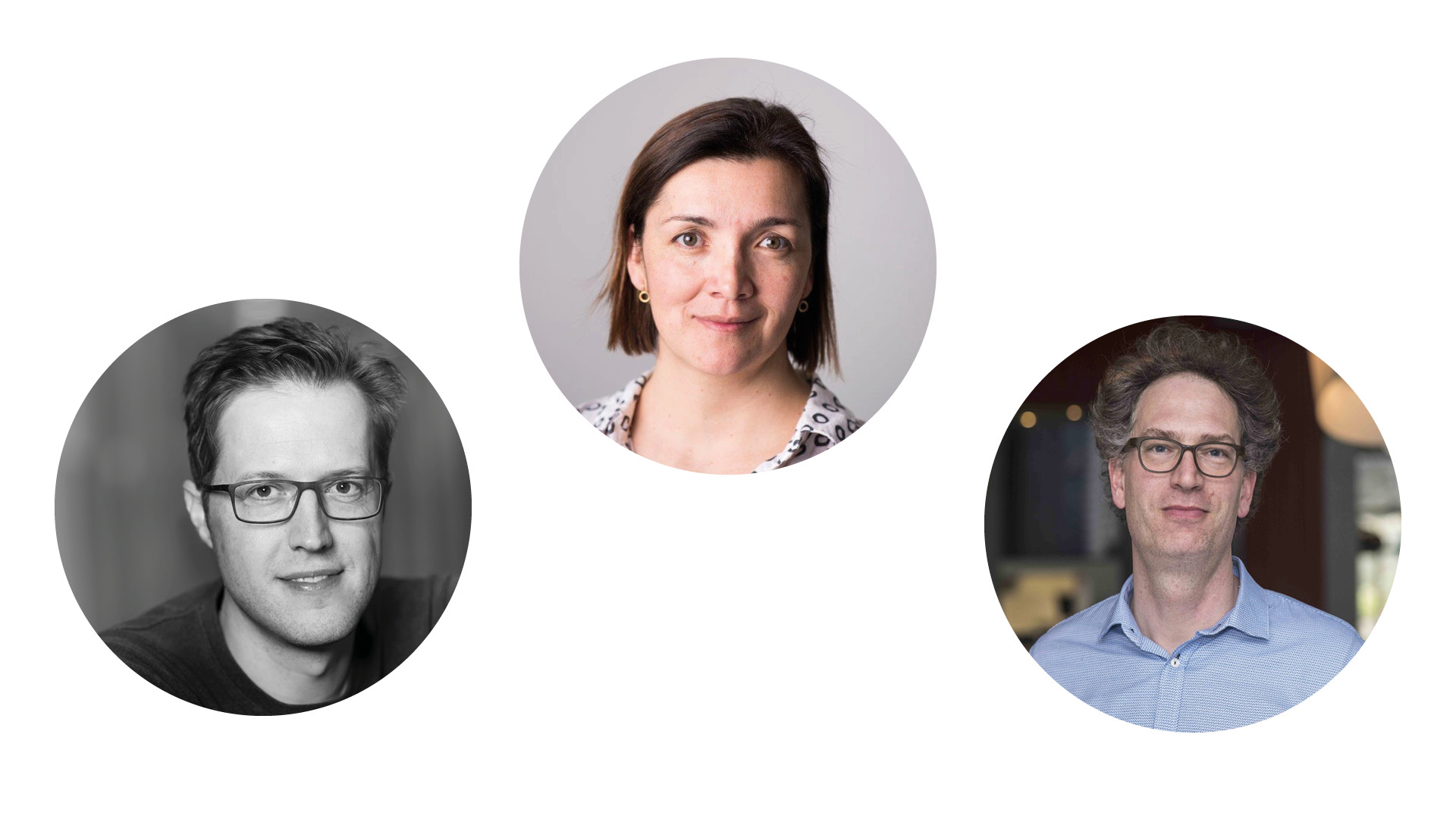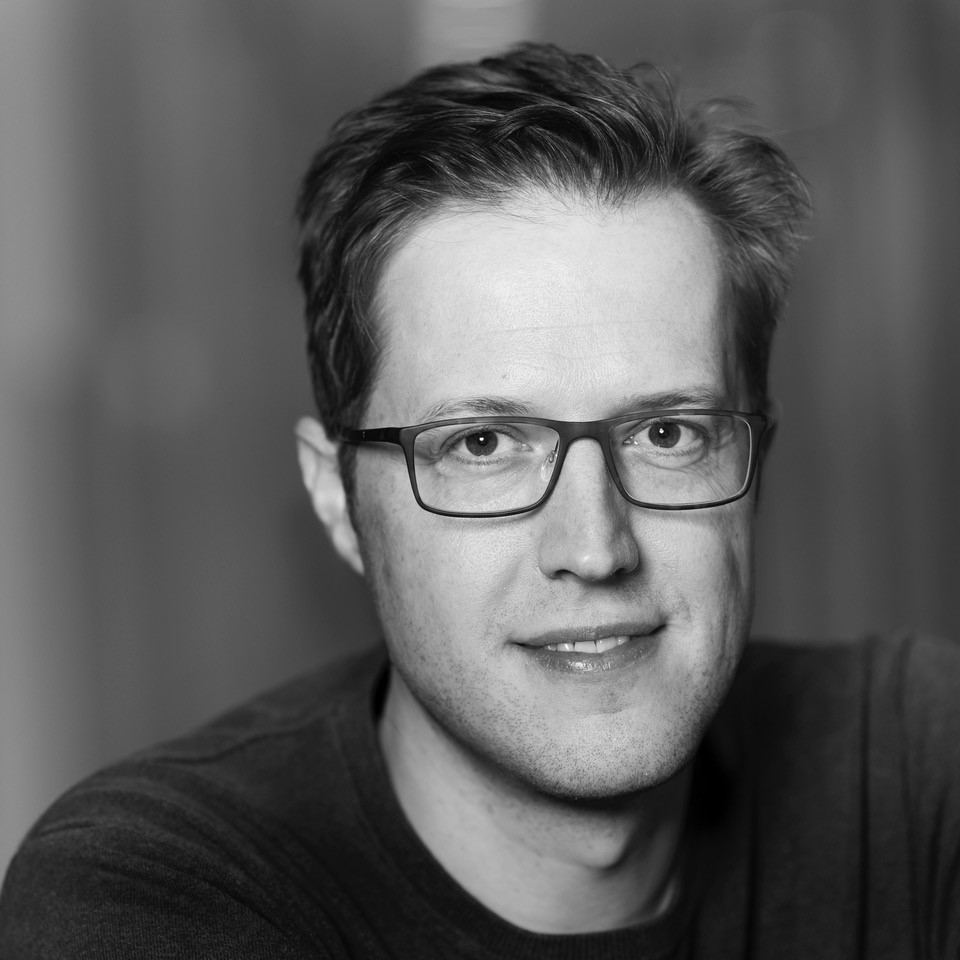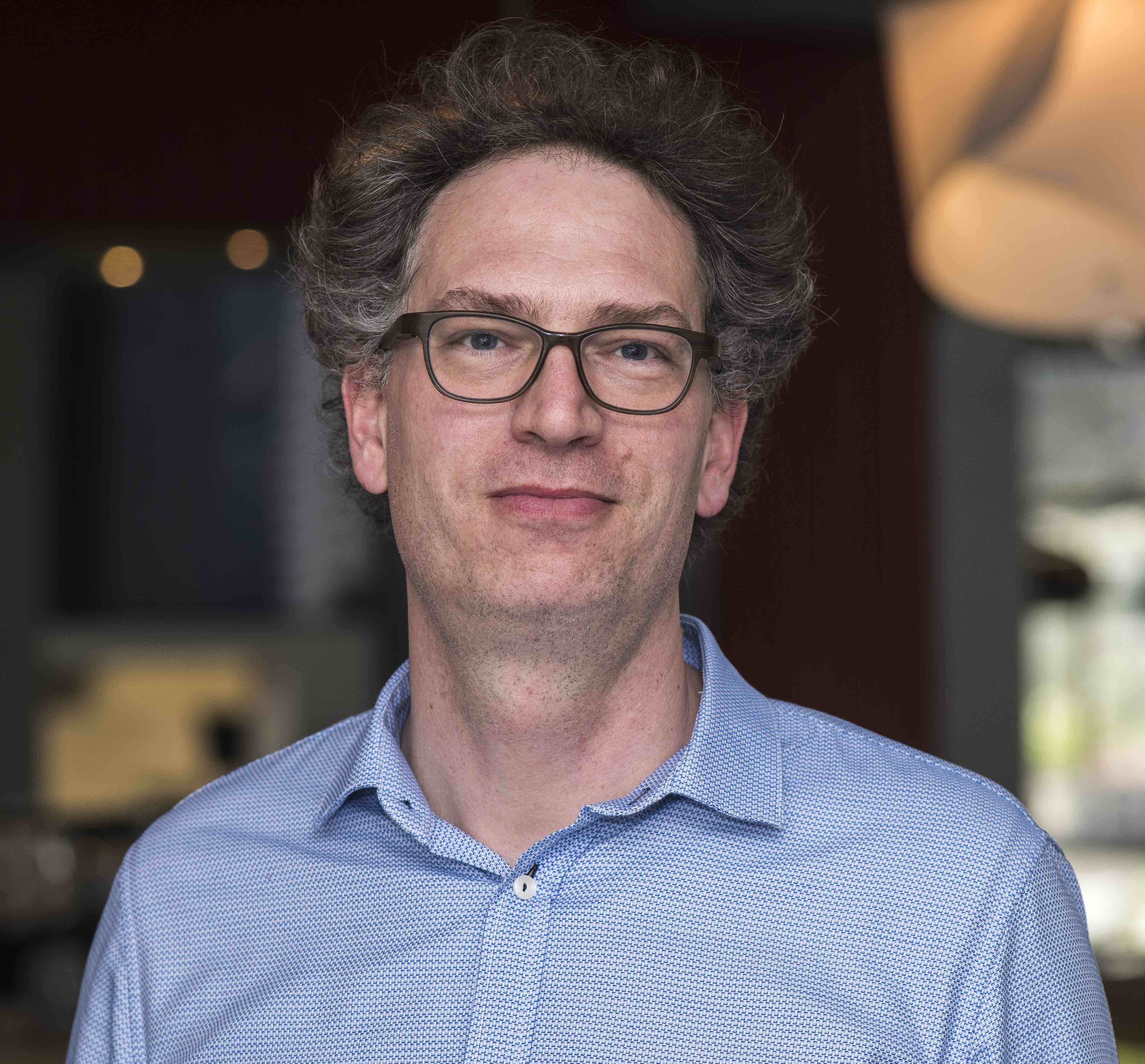Three bioengineering related vici grants
Five top scientists of Delft University of Technology have received a NWO-vici; three of them work in a field where biology comes into play. NWO-vici's are among the largest personal scientific grants in the Netherlands. Funded with €1,5 million for five years, the researchers will continue their innovative lines of research and build their own research groups.
Dr. Stan Brouns (TNW)
Uncovering CRISPR memory formation in bacteria
Microbes have the unique ability to memorize and defend from invading viruses using CRISPR-Cas adaptive immune systems. While CRISPR is nowadays synonymous with revolutionary genome editing tools such as Cas9 that are changing the genetic research landscape today, and will impact the treatment of human genetic diseases in the future, the memorization step of CRISPR-Cas immunity in bacteria and archaea remains mysterious in many ways. Dr Stan Brouns’ group has recently uncovered a new Cas protein involved in the CRISPR memorization process. The protein Cas4 is one of the most widely distributed Cas proteins, and present in the majority of CRISPR-Cas systems.
It was found that this protein is involved in capturing fragments of virus DNA for integration into the CRISPR memory locus, and observed that only in the presence of Cas4 newly captured memories could drive functional CRISPR immunity by allowing enzymes such as Cas9 to cleave their target DNA. In the proposed research, Brouns aims to elucidate the molecular mechanism of the Cas4-mediated CRISPR-adaptation process, by uncovering how Cas4 is able to provide functionally competent CRISPR memories. He aims to use this knowledge to potentiate bacteriophage therapy strategies against antibiotic resistant bacteria where CRISPR resistance formation may be a limiting factor.
Professor Andrea Ramírez Ramírez (TBM)
Unravelling the impact of using alternative raw materials in industrial clusters
90% of raw materials used today in the EU chemical industry are still from fossil origin. Professor Andrea Ramírez Ramírez will develop a methodology to systematically analyse the impact of replacing fossil fuels with alternative raw materials in petrochemical industrial clusters. Such industrial clusters are complex systems with many and increasingly intertwined processes between and within firms. Intervention in any single process can affect other processes both at the local scale of an industrial cluster, and in the supply chains involved.
In a novel approach, Ramírez will adapt concepts from invasion ecology to assess the impact on resources, energy and costs at the local and the system level of replacing fossil resources with alternative raw materials in industrial ecosystems. She will also explore which strategies and technologies will result in the larger gains in the medium and long term. She will apply this approach to a model that mimics the Rotterdam Pernis/Moerdijk petrochemical industrial cluster. The model can later be adapted to study any (petrochemical) industrial cluster in the world.
Professor Bernd Rieger (TNW)
Ultra-resolution with visible light: Zooming in on the building blocks of life, one at a time
Microscopes can zoom deeper and deeper into biological matter. With optical nanoscopy, they can even discern single molecules with 30-nm resolution using fluorescent labels. A further improvement by a factor of ten would enable 3D imaging of the structure and protein composition of (macro)molecular assemblies such as the cell’s vitally important nuclear pore complex. Understanding the composition of this complex is essential, as it functions as a gateway between cell nucleus and the rest of the cell, and plays a role in autoimmune diseases.
Fluorescence imaging at cryogenic temperatures (<-150°C) is a promising technique, but the achievable 3D resolution is as yet insufficient. Professor Bernd Rieger proposes a combination of image-reconstruction schemes and a new cryogenic imaging technique that would make this possible. He will combine the information from many identical complexes into one single image reconstruction to compensate for the current problem of incomplete fluorescent labelling. He will create an experimental setup and methodology that will achieve improved precision and resolution, enabling unprecedented power for studying the building blocks of life.



